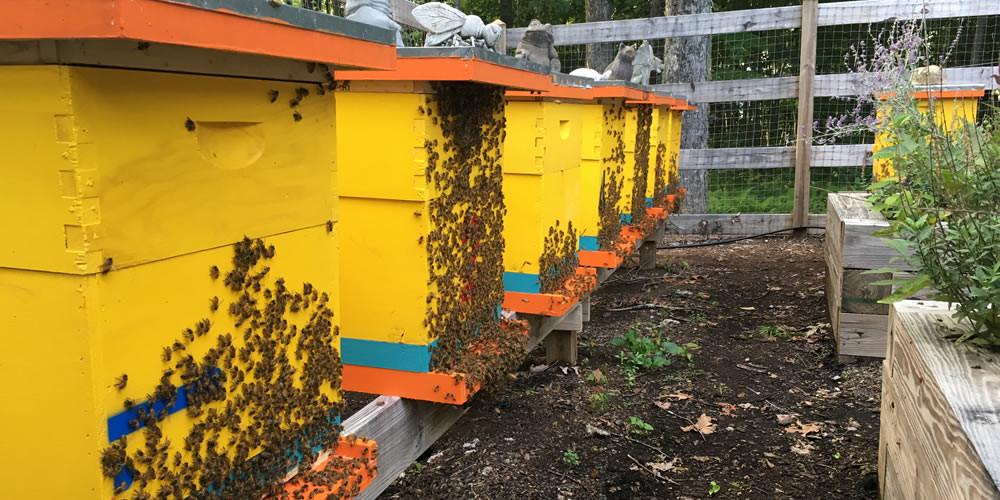Our Bees
Like most Americans in our diverse nation, Killer Bee ancestry traces back to other continents.
In 1956, Brazilian beekeepers faced with low honey productivity, imported African honeybee queens to breed with their own Old World bees. Apis mellifera scutellata, or just scutelllata (Killer Bees), were the progeny. This cross-bred honeybee was a highly productive, albeit, petulant subspecies.
Underwhelmed with their new digs and despite stern warnings from their human handlers, rebellious scutellata escaped from “managed” labs and established large, self-sustaining feral populations throughout South America. Soon, scientists discovered that the Killer Bee queens reproduced at up to five times the rate of European queens. Plus, the local virgin European queens preferred scutellata males.
You could say aggressive Killer Bee Tinderella’s bred with the passive local gentry while the spurned Killer Bee drones hooked up with the European queens. Then, everyone migrated norte through Central America. In October of 1990, a swarm of Killer Bees illegally crossed the border from Mexico into Hildago, Texas.
Invariably, I’m asked if we really have Killer Bees. My answer: Yes and no. Recent analysis of honeybee mitochondrial DNA reveals that most bees in America possess a small percentage of scutellata genetics. My apiary’s Old World bees are mostly Italian and Carniolan. But when I’m stung, I see and feel the scutellata in them.






